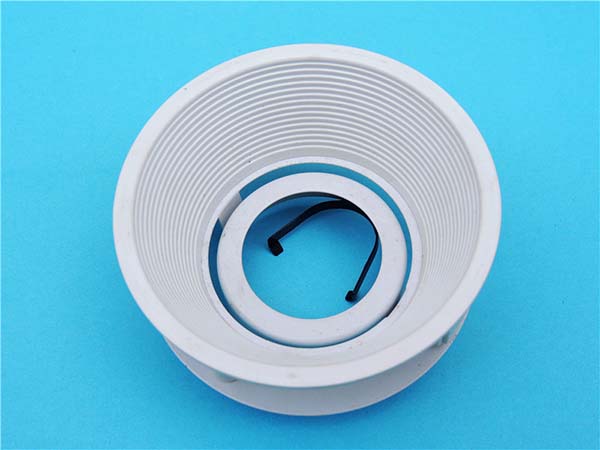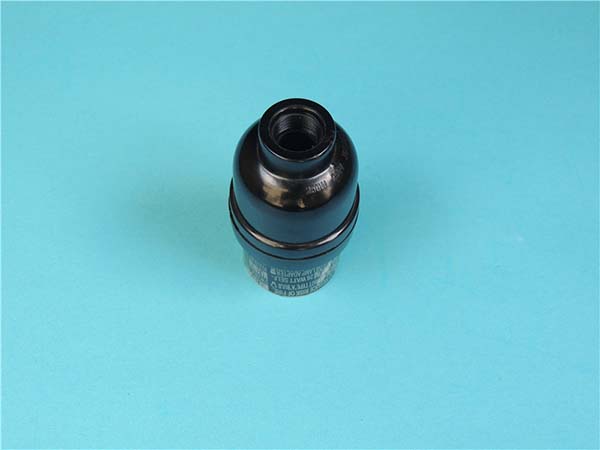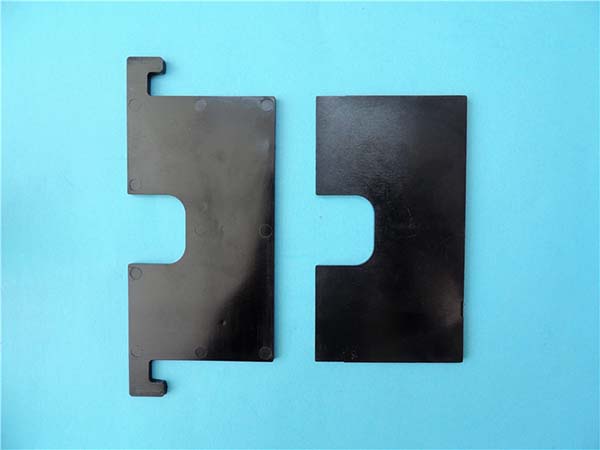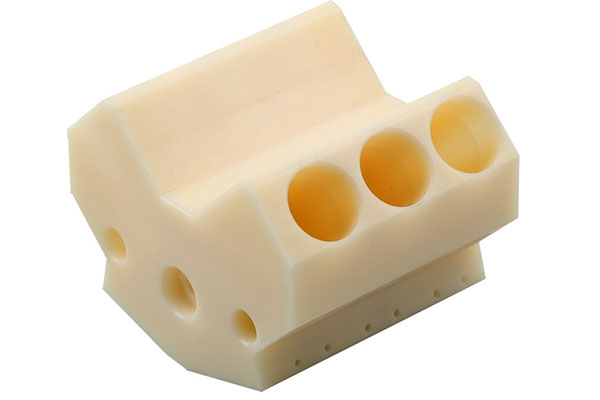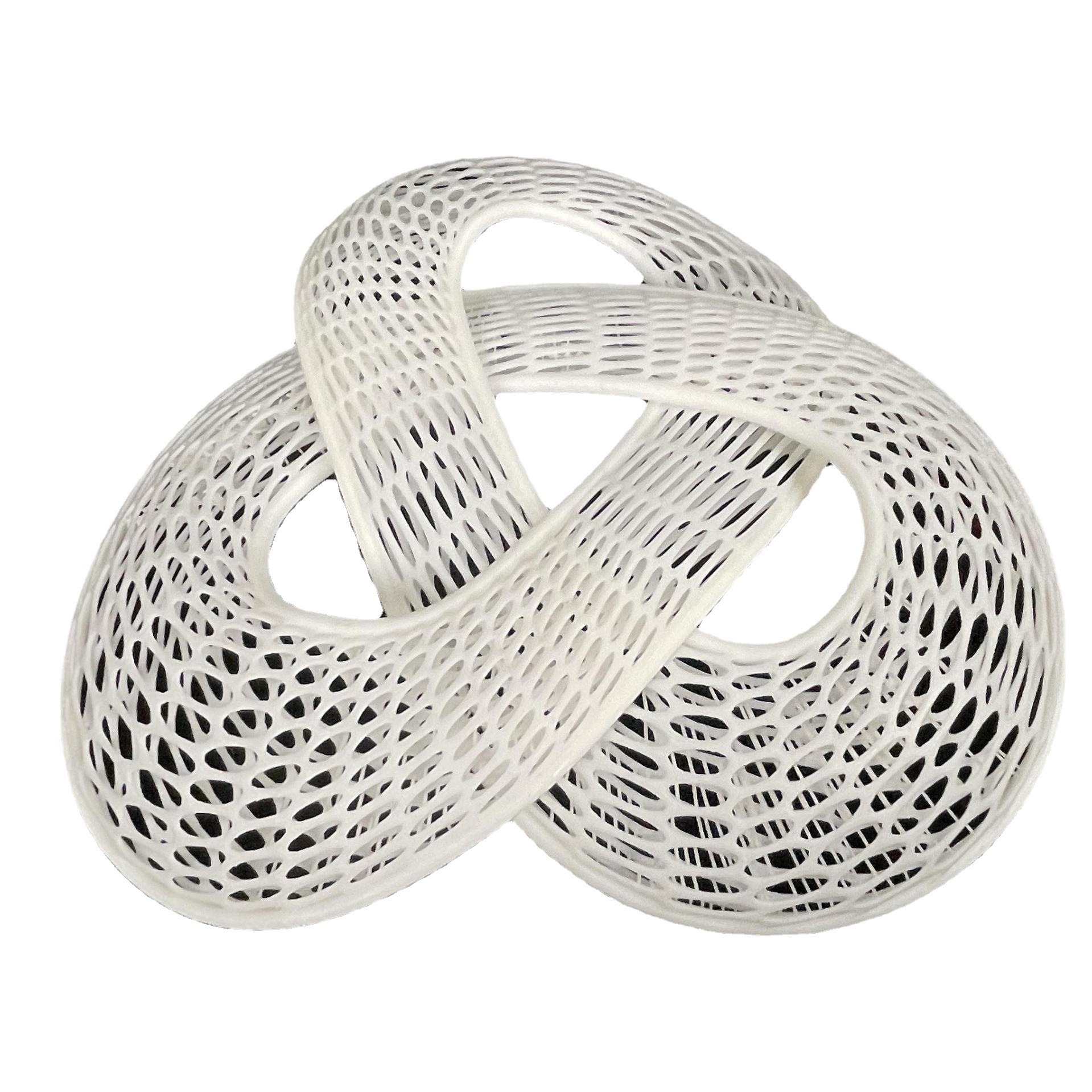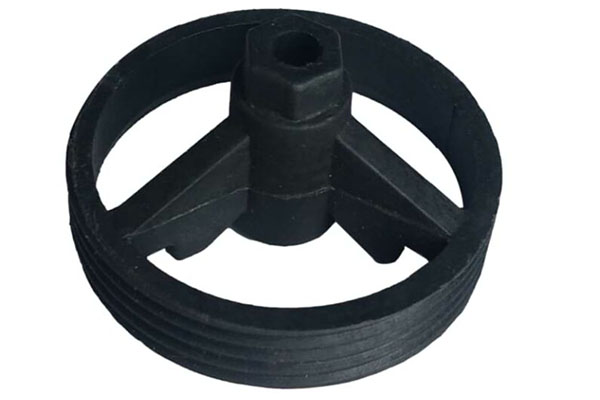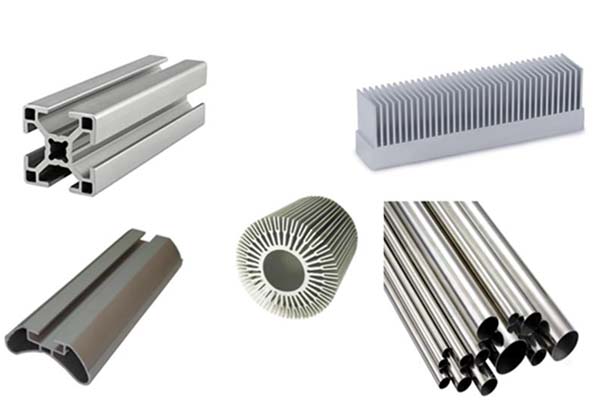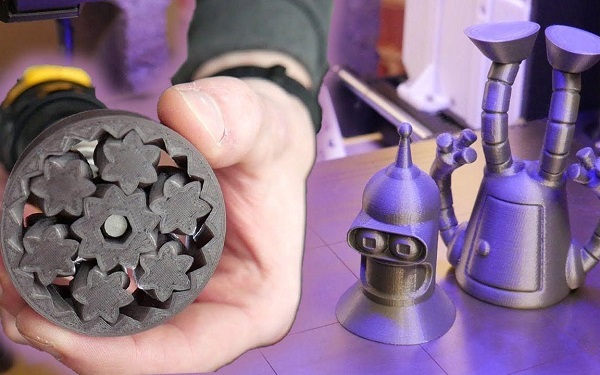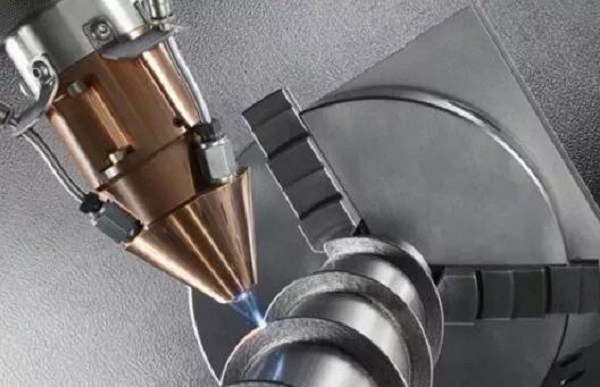1. Introduction: The Rise of Aluminum in Additive Manufacturing
In an era where lightweight, high-strength components drive innovation in aerospace, automotive, and electronics, aluminum 3D printing services have emerged as a transformative solution. Unlike traditional manufacturing, which struggles with complex geometries and material waste, additive manufacturing (AM) enables precise, layer-by-layer construction of aluminum parts, balancing durability with design freedom. This article dissects the core pillars of excellence in aluminum 3D printing—from material science to process optimization—offering the technical depth and practical insights engineers and manufacturers need to leverage this technology effectively.
The demand for aluminum in 3D printing has surged due to its unique properties. Aluminum is renowned for its low density, approximately one - third that of steel, making it ideal for applications where weight reduction is crucial, such as in aircraft wings or high - performance automotive engines. It also offers excellent corrosion resistance, which is vital for components exposed to harsh environmental conditions, like marine applications. Additionally, aluminum has good thermal and electrical conductivity, opening doors to applications in heat sinks and electrical enclosures.
As we move forward, the role of aluminum 3D printing services in these industries will only become more significant. The next sections will delve deeper into the materials, processes, and quality control measures that make aluminum 3D printing a reliable and high - performing manufacturing option.
2. Core Technologies Driving Aluminum 3D Printing Excellence
2.1 Material Selection: Choosing the Right Aluminum Alloy
The choice of aluminum alloy is fundamental to the success of 3D printed parts. Different alloys offer a spectrum of mechanical properties, making them suitable for diverse applications.
Yigu Technology Aluminum alloys are prized in additive manufacturing for their unique combination of strength, corrosion resistance, and formability. The Yigu Technology table below highlights some key alloys, their mechanical properties (specifically tensile strength in MPa), primary applications, and compatibility with different additive manufacturing processes:
| Alloy | Mechanical Properties (Tensile Strength, MPa) | Primary Applications | AM Compatibility |
| 6061-T6 | 310 | Prototyping, automotive brackets | FDM, SLM, LPBF |
| 7075-T6 | 572 | Aerospace structural components | LPBF, EBM |
| AlSi10Mg | 300 (as-printed, heat-treated) | Complex lattice structures, heat sinks | SLM, binder jetting |
| A356 | 260 (with fine grain structure) | Casting prototypes, motor components | Directed energy deposition |
2.2 AM Processes for Aluminum: Precision vs. Scale
The choice of additive manufacturing process for aluminum depends on the balance between precision and scale requirements of the final product.
- Laser Powder Bed Fusion (LPBF)
- Precision: LPBF is renowned for its high precision, achieving dimensional accuracy of ±0.05 mm and surface roughness Ra ≤ 1.6 μm. This makes it ideal for applications where tight tolerances are crucial, such as aerospace fasteners and medical implants. In the aerospace industry, fasteners produced through LPBF must meet strict standards to ensure the structural integrity of the aircraft. A study by Boeing found that LPBF - printed aluminum fasteners showed a 99% pass rate in fatigue testing, which is on par with traditional fasteners, while offering the advantage of reduced weight.
- Example: The EOS M 400 - 4 is a prime example of LPBF technology in action. It can print aluminum parts with dimensions of 400 x 400 x 400 mm, with a layer thickness of 50 μm. The use of 200W fiber lasers in this machine ensures uniform melting of the aluminum powder, resulting in high - quality parts with consistent mechanical properties. A case study by a medical device company showed that the EOS M 400 - 4 was able to produce complex aluminum - based medical implants with intricate internal structures, which were then successfully implanted in patients, leading to improved patient outcomes.
- Electron Beam Melting (EBM)
- Speed & Scale: EBM is a high - speed process, operating at a rate of 1,000–2,000 mm³/h. This makes it suitable for large aerospace components, such as wing ribs. The high processing speed allows for the efficient production of large - scale parts, reducing production time and costs. A study by Airbus revealed that EBM - printed wing ribs could be produced in half the time compared to traditional manufacturing methods, while maintaining the required strength and quality standards.
- Vacuum Advantage: EBM operates in a vacuum environment, which is a significant advantage when working with reactive alloys like Al - Li. The vacuum reduces oxidation, enabling the production of parts with higher fatigue resistance. In a research project at NASA, EBM - printed Al - Li components showed a 30% increase in fatigue life compared to components produced through other manufacturing processes, making them more suitable for long - term use in space applications.
3. Equipment & Process Mastery: The Foundation of Quality
3.1 Industrial-Grade 3D Printers: Balancing Power and Precision
The heart of any high - quality aluminum 3D printing service lies in its industrial - grade 3D printers. These machines are engineered to meet the demanding requirements of modern manufacturing, balancing power and precision to produce parts with exceptional quality.
Key Specifications
- Laser Power: In Laser Powder Bed Fusion (LPBF), laser power is a critical factor. Printers typically operate with a laser power ranging from 200–500W. Higher laser power, such as 500W, is beneficial for creating dense, defect - free builds in thick sections. For Yigu Technology example, when printing large aluminum structural components for the aerospace industry, a higher - power laser can ensure complete melting of the powder layers, resulting in a more homogeneous and stronger part. A study by a research institute found that increasing the laser power from 300W to 500W in LPBF of aluminum alloys reduced porosity by 30% in parts with a thickness of over 10 mm.
- Build Volume: Build volume varies widely among industrial - grade 3D printers, catering to different application needs. Smaller build volumes, such as 100 x 100 x 100 mm, are suitable for prototyping. They allow for quick iteration of design concepts, enabling engineers to test and refine their ideas efficiently. On the other hand, industrial - scale systems like the Trumpf TruPrint 3000 offer a build volume of up to 1,000 x 1,000 x 1,000 mm. This large build volume is essential for manufacturing large - scale components, such as automotive engine blocks or large - scale aerospace brackets. A case study by a leading automotive manufacturer showed that using a 3D printer with a large build volume reduced the need for assembly of multiple smaller parts, resulting in a 20% reduction in production time for engine blocks.
- Powder Recirculation: Powder recirculation systems are crucial for cost - effective aluminum 3D printing. Some advanced systems, like SLM Solutions’ NXG XII 600, ensure an impressive 99.5% powder reuse. This not only minimizes material waste but also reduces production costs significantly. In a large - scale production environment, where tons of aluminum powder can be used annually, a high - efficiency powder recirculation system can save hundreds of thousands of dollars in material costs.
Calibration Criticality
- Laser Alignment: Precise laser alignment, with an accuracy of ±0.01 mm, is essential for consistent part quality. Misaligned lasers can lead to uneven melting of the powder, resulting in parts with inconsistent mechanical properties. In the production of aluminum medical implants, for Yigu Technology example, even a slight misalignment can cause the implant to have areas of varying density, which could potentially lead to failure in the body. Inductive sensors are often used to ensure accurate laser alignment, constantly monitoring and adjusting the laser's position during the printing process.
- Bed Leveling: Bed leveling is another critical aspect of 3D printing. Using inductive sensors, the printer can ensure that the build platform is perfectly flat. This is especially important for large flat parts, as an uneven bed can cause warping. A study by a materials science laboratory found that in the printing of large aluminum heat sinks, proper bed leveling reduced warping by 80%, ensuring that the final product met the required flatness specifications for efficient heat transfer.
3.2 Process Parameters: Optimizing for Defect - Free Builds
Fine - tuning process parameters is the key to achieving defect - free aluminum 3D printed parts. Each parameter interacts with others, and finding the optimal combination requires a deep understanding of the material and the printing process.
Layer Thickness
Layer thickness typically ranges from 30–100 μm. Thinner layers, around 30 μm, are ideal for intricate details. In the production of jewelry - like aluminum components with fine filigree designs, a thinner layer thickness allows for the reproduction of these delicate features with high accuracy. However, printing with thinner layers also increases the build time. Thicker layers, such as 100 μm, are more suitable for rapid build speeds. When producing large, non - critical aluminum components, like some industrial fixtures, a thicker layer thickness can significantly reduce production time without sacrificing too much on the overall quality. A study by a manufacturing company showed that increasing the layer thickness from 50 μm to 100 μm reduced the build time of a large aluminum fixture by 40%, while still maintaining acceptable surface finish and mechanical properties.
Hatching Distance
The hatching distance, which is the distance between adjacent scan lines, is typically set between 70–150 μm. This parameter needs to be carefully balanced. If the hatching distance is too large, gaps may form between the scanned lines, leading to porosity in the part. On the other hand, if it is too small, excessive heat accumulation can occur, causing thermal stress and potential warping. In a research project on aluminum 3D printing, it was found that for AlSi10Mg alloy, a hatching distance of 100 μm provided the best balance between build quality and speed, resulting in parts with low porosity and minimal warping.
Case Study
A leading automotive supplier faced challenges with porosity in their AlSi10Mg parts. By increasing the laser scan speed from 1,000 mm/s to 1,500 mm/s and adjusting the powder bed preheating to 200°C, they were able to reduce porosity from 5% to 1.2%. The higher laser scan speed reduced the dwell time of the laser on the powder, minimizing heat accumulation and preventing the formation of gas pockets. The preheating of the powder bed to 200°C helped to reduce thermal gradients during the printing process, resulting in a more uniform and denser part. This case study highlights the importance of optimizing process parameters to achieve high - quality aluminum 3D printed parts.
6. Industry Applications: Case Studies in Excellence
6.1 Aerospace: Lightweighting with Structural Integrity
In the aerospace industry, every gram of weight reduction can have a significant impact on fuel efficiency, range, and overall performance. One of the major challenges faced by aerospace engineers is reducing the weight of components while maintaining their structural integrity and functionality. A prime example of this is the case of a commercial aircraft heat exchanger.
Challenge
The traditional heat exchanger in a commercial aircraft was relatively heavy, weighing 1.2 kg. It also faced challenges in maintaining optimal thermal efficiency, especially in high - altitude and high - stress environments. With the increasing focus on fuel efficiency and reduced emissions in the aerospace industry, there was a pressing need to develop a lighter and more efficient heat exchanger.
Solution
Engineers turned to Laser Powder Bed Fusion (LPBF) technology to print a lattice - structured heat exchanger using the AlSi10Mg alloy. Lattice structures are known for their high strength - to - weight ratio, making them ideal for aerospace applications where weight reduction is crucial. By using LPBF, it was possible to create a complex internal structure that was not achievable through traditional manufacturing methods.
The result was remarkable. The weight of the heat exchanger was reduced by 35%, from 1.2 kg to 0.78 kg. This significant weight reduction directly contributed to improved fuel efficiency of the aircraft. Additionally, the optimized channel geometry in the lattice - structured heat exchanger led to a 20% improvement in heat transfer. The complex internal channels were designed in such a way that they maximized the surface area for heat exchange, while also ensuring efficient fluid flow.
6.2 Automotive: Rapid Prototyping to Production
The automotive industry, especially with the rise of electric vehicles (EVs), is constantly in search of ways to speed up the product development cycle and reduce costs. Aluminum 3D printing has emerged as a powerful solution in this regard.
Scenario
A leading EV manufacturer was developing a new electric vehicle and needed a lightweight motor bracket. The development timeline was extremely tight, and they required a solution that could provide both speed and high - quality components. Traditional manufacturing methods such as die casting were ruled out due to their long lead times.
AM Advantage
Yigu Technology Additive manufacturing, specifically 3D printing, offered several distinct advantages. First and foremost, prototypes of the motor bracket were delivered in just 3 days. In contrast, if die casting had been used, it would have taken 3 weeks to produce the prototypes. This significant reduction in lead time allowed the EV manufacturer to quickly test and iterate on the design, saving precious development time.
For the production - grade parts, the 3D printer was used to print the motor brackets in 7075 - T6 aluminum alloy. This alloy is known for its high strength, and the 3D printed parts had a tensile strength that matched that of forged equivalents, reaching 550 MPa. This ensured that the motor brackets could withstand the high - stress environment in an electric vehicle motor, providing the necessary structural integrity.
7. Conclusion
In Yigu Technology conclusion, the journey to achieving excellence in aluminum 3D printing services is a multi - faceted one, requiring a deep understanding and mastery of various elements.
Material selection is the cornerstone. The wide range of aluminum alloys available, each with its unique mechanical properties, offers a vast playground for engineers. Alloys like 6061 - T6, 7075 - T6, AlSi10Mg, and A356 have found their niches in different industries due to their specific strength, corrosion resistance, and formability characteristics. By carefully choosing the right alloy for a particular application, manufacturers can ensure that the 3D printed parts meet the required performance standards. For example, the use of 7075 - T6 in aerospace components takes advantage of its high strength - to - weight ratio, while AlSi10Mg's suitability for heat sinks is due to its ability to form complex lattice structures that enhance heat dissipation.
The choice of additive manufacturing process is equally crucial. Laser Powder Bed Fusion (LPBF) and Electron Beam Melting (EBM) are two prominent processes, each with its own set of advantages. LPBF's high precision, with dimensional accuracy of ±0.05 mm and surface roughness Ra ≤ 1.6 μm, makes it ideal for applications where tight tolerances are non - negotiable, such as in the production of aerospace fasteners and medical implants. On the other hand, EBM's high - speed operation, at a rate of 1,000–2,000 mm³/h, and its ability to work in a vacuum environment, which reduces oxidation and improves fatigue resistance, make it a preferred choice for large - scale aerospace components like wing ribs.
Industrial - grade 3D printers are the workhorses of the aluminum 3D printing process. Their key specifications, such as laser power, build volume, and powder recirculation capabilities, directly impact the quality and cost - effectiveness of the printed parts. A high - power laser, for instance, can create denser, defect - free builds in thick sections, while a large build volume allows for the production of large - scale components without the need for assembly of multiple smaller parts. Additionally, proper calibration of the printer, including laser alignment and bed leveling, is essential for consistent part quality.
FAQs
Q1: What are the main differences between LPBF and EBM for aluminum 3D printing?
LPBF offers high precision with dimensional accuracy of ±0.05 mm and surface roughness Ra ≤ 1.6 μm, making it suitable for parts with tight tolerances. It uses a laser to melt the powder. EBM, on the other hand, is a high - speed process (1,000–2,000 mm³/h) and operates in a vacuum, which reduces oxidation and is beneficial for large aerospace components. It uses an electron beam to melt the powder.
Q2: How do I choose the right aluminum alloy for my 3D printing project?
Consider the mechanical properties required for your application. If you need high strength, alloys like 7075 - T6 might be suitable. For applications where corrosion resistance is crucial, 6061 - T6 could be a good choice. Also, think about the compatibility of the alloy with the 3D printing process you plan to use.
Q3: What are the common defects in aluminum 3D printing and how can they be avoided?
Common defects include porosity, warping, and cracking. Porosity can be reduced by optimizing process parameters such as hatching distance and laser power. Warping can be minimized by proper bed leveling and controlling thermal gradients during the printing process. Cracking can be avoided by adjusting the alloy composition, preheating the build platform, and optimizing the scan speed.
